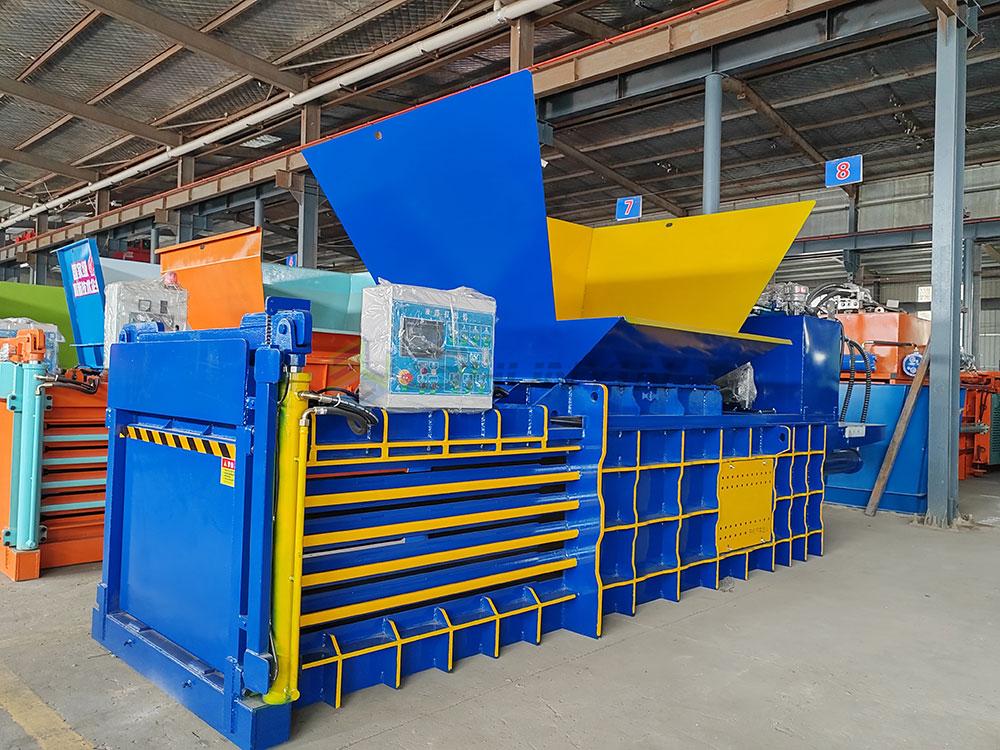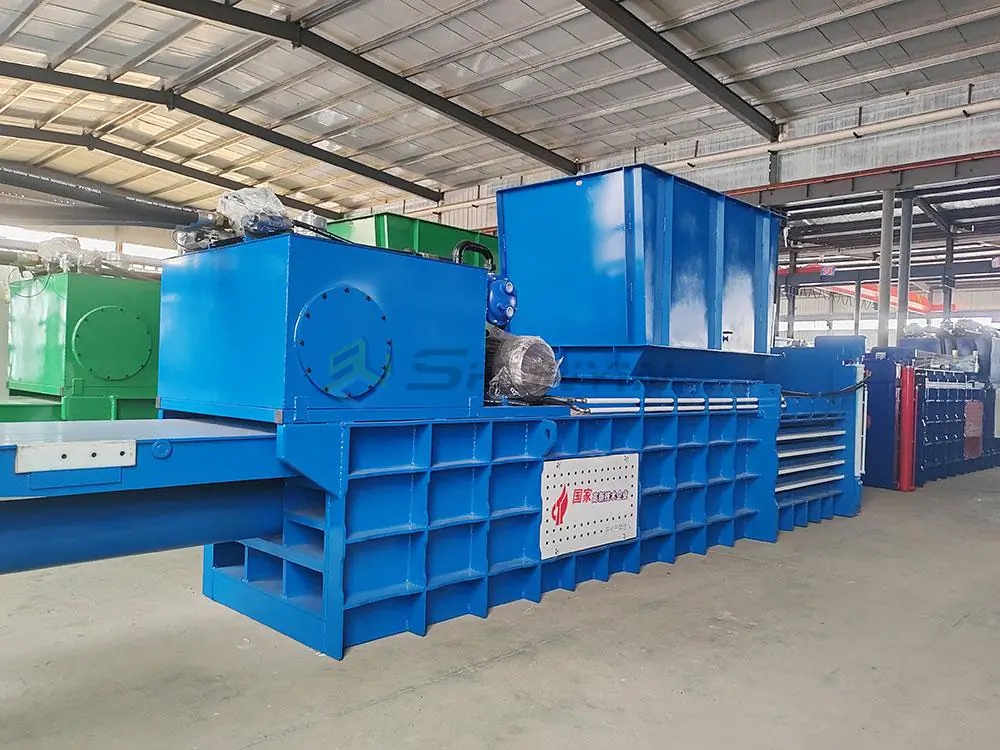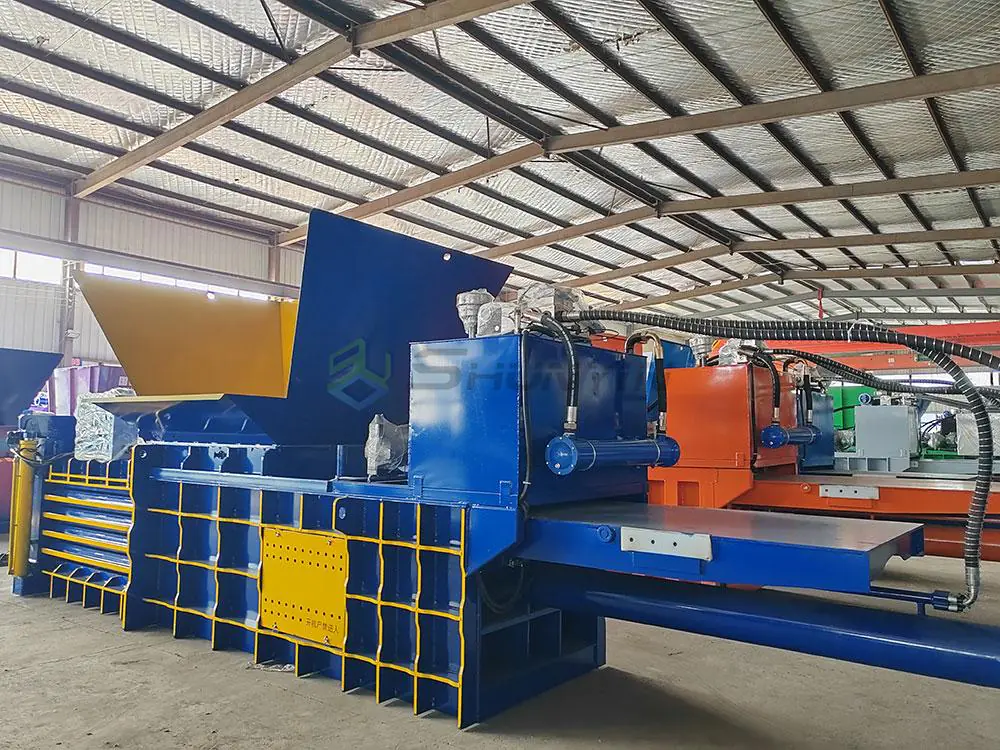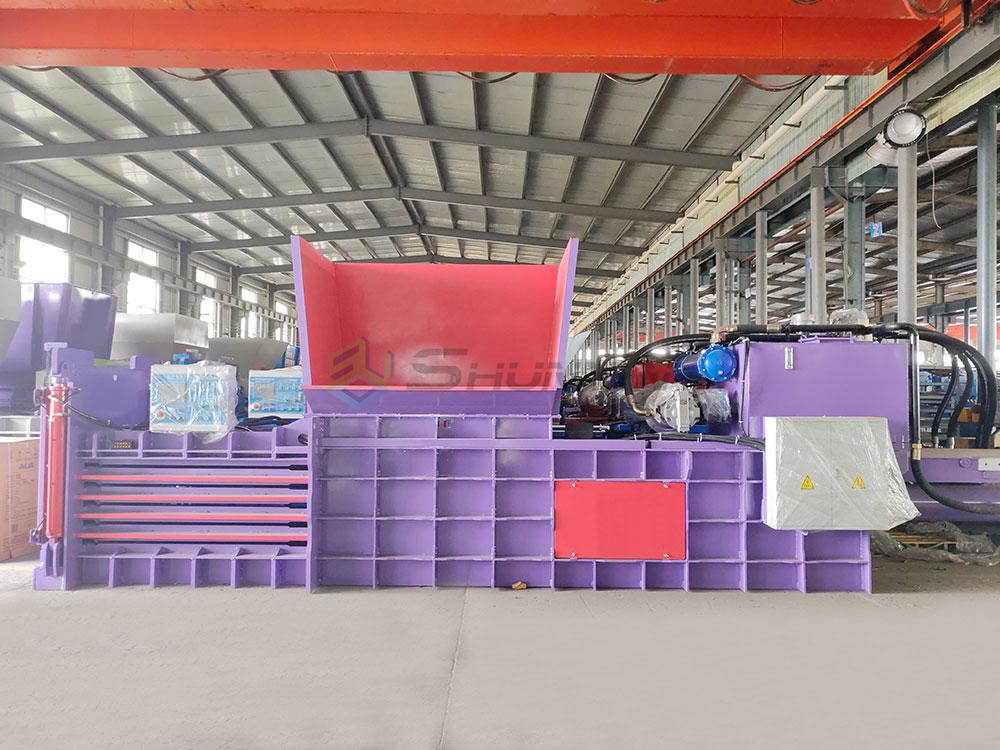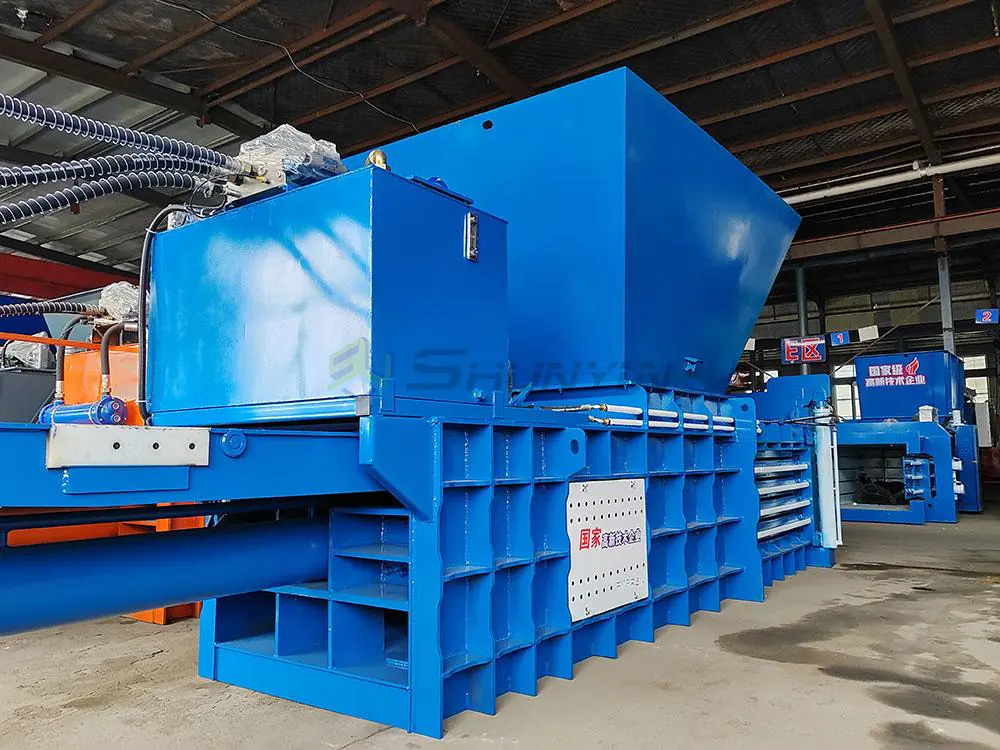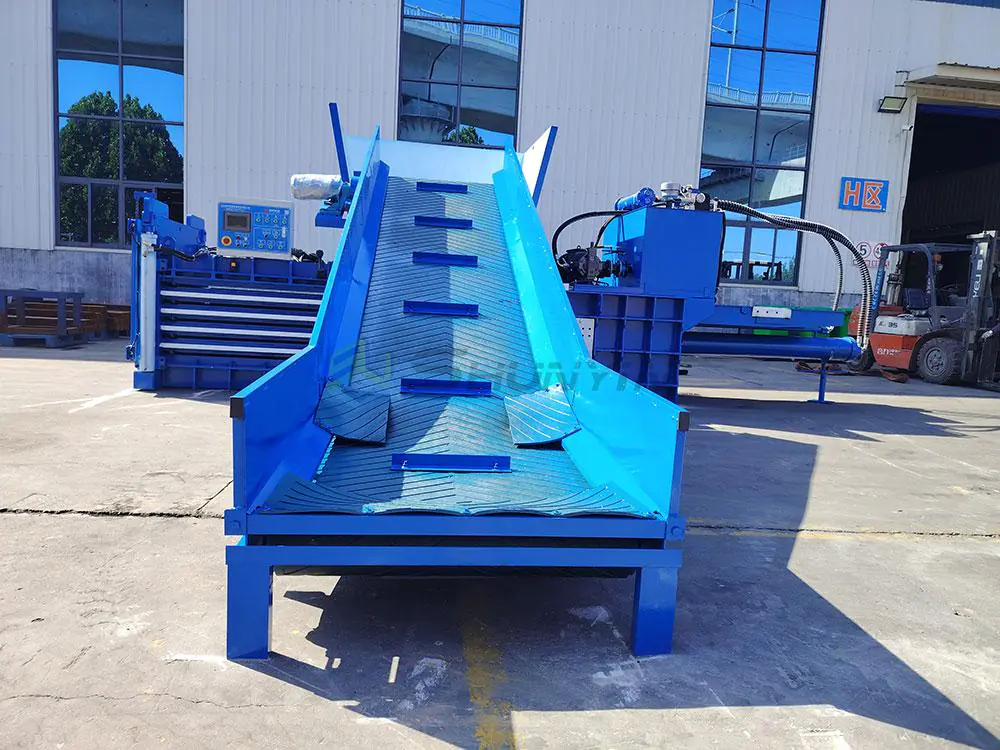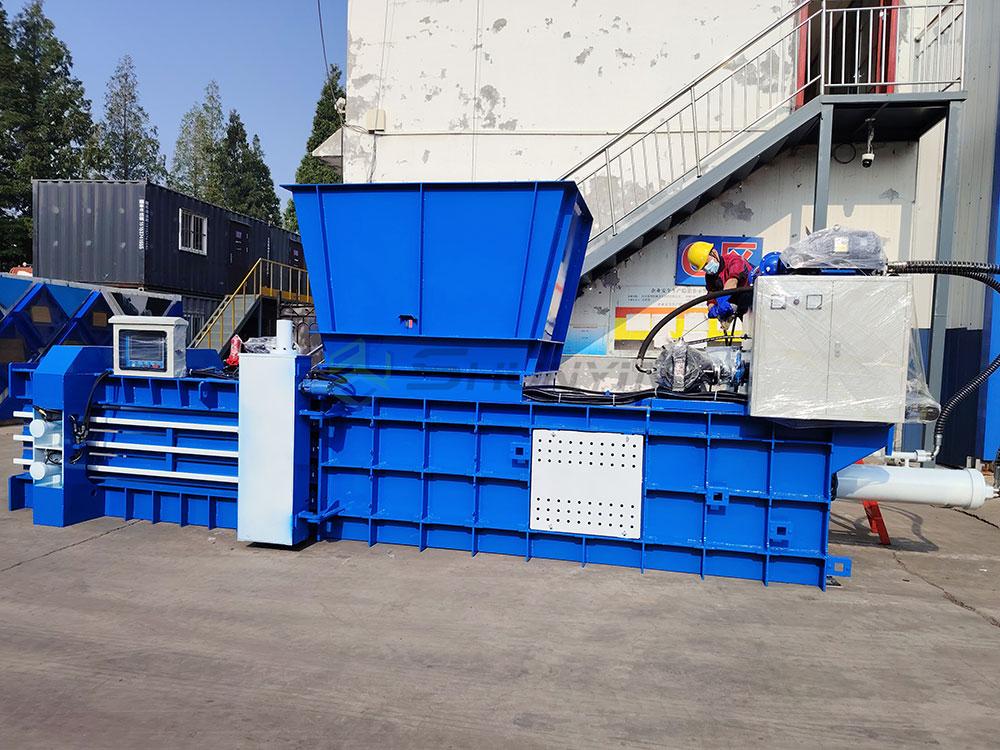
Five years ago, a recycling plant in Ontario nearly shut down after their new baler jammed 137 times in three weeks. As the factory owner who fixed that machine, I’ll reveal what truly matters when choosing hydraulic balers.
Horizontal hydraulic balers offer high-density compression (up to 1100lbs/bale) with 40% lower labor costs than vertical models, but require significant floor space and initial investment (average $35,000-$150,000). When selecting suppliers: verify minimum 10 years’ operational history, demand third-party certified component reports, and insist on witnessing production – our factory allows live video audits showing real-time quality control checks.
Many buyers focus only on price tags rather than total cost of ownership1. Let’s break down the critical factors I’ve learned through repairing 600+ failed balers globally.
What to look for when buying baler?
A Miami importer once showed me certificates for "German steel" that turned out to be reprocessed scaffold planks. Here’s how to avoid such scams.
Prioritize suppliers who: 1) Provide material certificates with batch tracking 2) Use branded hydraulic components (Bosch/Rexroth/Yuken) 3) Offer at least 3 years’ parts warranty. For metal recycling, demand 14mm+ chamber walls and hardened piston rods (HRC 58+). Always test-run machines with your actual materials before purchase.

Supplier Verification Protocol
From 23 years of quality control experience:
| Check | Method | Good Sign | Danger Signal |
|---|---|---|---|
| Material Proof | Cross-check steel certs with mills | POSCO/SSAB mill certificates | Generic "ASTM Compliance" claims |
| Production Depth | Verify welding/assembly line video | Robotic welding stations ≤3 years old | Hand-held welding of critical joints |
| Component Traceability | Demand hydraulic unit serial numbers | Bosch codes verifiable online | "OEM Custom" pumps without markings |
Key technical specs we enforce:
- Hydraulic fluid cleanliness: NAS Class 7
- Frame vibration tolerance: ≤2.5mm/s @ 25Hz
- Safety system response time: <0.3 seconds
What is the useful life of a baler?
Our 2015 model in a Tokyo shipyard has processed 18,000 tons of steel without cylinder replacement – using proper maintenance protocols I’ll share below.
With scheduled maintenance, quality horizontal balers operate 12-18 years. Critical factors: annual piston rechroming, monthly oil analysis (ISO 4406 code ≤17/15/12), and timely wear plate replacement (every 80,000 cycles). Avoid units using <10mm chamber plates – they average 6-8 year lifespans despite 30% lower upfront cost.

Lifecycle Cost Analysis
Data from 1,700+ service records:
| Year | Key Maintenance | Cost | Failure Risk |
|---|---|---|---|
| 0-3 | Valve adjustments | $150/yr | Hydraulic leaks |
| 4-7 | Seal replacements | $900 | Pressure loss |
| 8-12 | Cylinder rebuild | $4,200 | Complete failure |
| 12+ | Frame reinforcement | $8,500 | Structural cracks |
Our IoT-enabled machines predict 87% of failures 140+ hours in advance through vibration analysis.
What is the pricing of a baler?
A Dallas recycler paid $28k for a "discount" baler that required $47k in repairs within two years. Let’s examine true costs.
New horizontal balers range from $32k (20-ton manual) to $220k (120-ton automated). Core pricing elements: compression force ($950/ton), chamber size ($1200/m³), and automation level – basic PLC adds $8500, AI optimization $42k. Our best-selling 45-ton model with auto-tie costs $67k FOB Shanghai, delivering 3-5 year ROI for most recyclers.

Total Cost Comparison
Analysis of 5-year operations:
| Model Type | Purchase | Maintenance | Energy | Labor | Total |
|---|---|---|---|---|---|
| Basic Chinese | $28k | $39k | $85k | $210k | $362k |
| Mid-Range | $67k | $12k | $64k | $98k | $241k |
| Premium EU | $155k | $8k | $58k | $85k | $306k |
Always demand breakdowns of:
- Hydraulic oil specification
- Electrical component brands
- Spare parts pricing list
What is the difference between a vertical and horizontal baler?
A Seattle warehouse cut processing costs 42% after we replaced twelve vertical balers with three horizontal units. Here’s why it worked.
Horizontal balers produce denser bales (800-1100 vs 200-400 lbs) with 60% lower labor needs but require 3x more space. Vertical models suit small operations (<5 tons/day), while horizontal systems excel in industrial settings (>15 tons). Key choice factors: material type, space availability, and labor costs.

Technical Specifications
Comparison from 380 installation cases:
| Parameter | Horizontal | Vertical |
|---|---|---|
| Bale Weight | 650-1100lbs | 150-450lbs |
| Cycle Time | 110-180sec | 45-70sec |
| Floor Space | 180-300ft² | 60-100ft² |
| Energy Use | 25-45kW | 8-18kW |
| Labor Hours | 0.25/hr | 1.5/hr |
Our data shows horizontal balers increase scrap value by $8-15/ton through better compaction.
Conclusion
Choosing the right horizontal baler requires balancing technical specs with supplier reliability. Need help analyzing your specific needs? Get personalized recommendations from our engineering team – we’ve helped 1,200+ businesses optimize their recycling operations since 2009.
-
This resource will guide you through the intricacies of total cost of ownership, ensuring you make informed purchasing decisions. ↩


